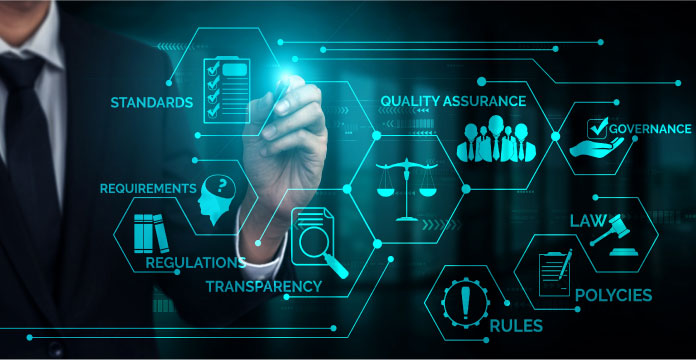
The trick behind providing good service is efficient ITSM (ITSM). A customer or business user will not know what is going on behind the scenes at the service provider’s premises. What can be seen or experienced is that services are operating as expected, services are provided efficiently, and issues, if any, are resolved timely. When any of these expectations are not met, the service is referred to as poor.
The two key reasons for the poor quality of service are:
- Expectations are not set accurately
- The manner in which services are managed does not meet customer expectations
Organizations using ITSM principles are running successfully responding to various risks, changes, and situation demands. An effective ITSM strategy is particularly useful when a situation goes beyond control.
Below are a few points on how to build an effective ITSM strategy.
Six Steps to Build an Effective ITSM Strategy
-
Create CMDB:
A major part of building an ITSM strategy is to develop the Configuration Management Database (CMDB). In case you are building one or refining the existing CMDB, you need to adhere to a few guidelines.
- Identify the major stakeholders and make sure they are aware of the goals and benefits of the project you are undertaking. Make sure that you have secured stakeholder buy-in. This is important to gain support from stakeholders at times when you want to establish governance.
- It is not possible to build a CMDB in one go.
You need to develop it in phases. Initiate the process by mapping Configuration Items (CIs) that are capable of demonstrating the value that CMDB provides. This also helps in maintaining stakeholder buy-in. Ensure that you establish the correct level of governance. - Standards for asset discovery should be created and accurate data should be maintained within the federated model. Data should be refreshed on a regular basis. Also, ensure that data populating the CMDB model contains accurate information. You should have a clear understanding of merging, reconciling, and importing information in the database.
-
Maintain a Portfolio:
Create a portfolio of services that can be subscribed to by business users. The portfolio should include documentation of all processes used for delivering and supporting services.
-
Implement Well-Known Standards:
Count on proven best practice methodologies for guidance. The most well-known among them is Information Technology Infrastructure Library (ITIL). When starting to build an ITSM strategy, it is best to refer to the three most widely used ITIL best practices – problem management, incident management, and change management.
-
Proceed Methodically:
You may not be able to come up with a full-proof strategy in the first attempt. However, when you start building the strategy, identify the key pain points and plans to overcome them. Once you find that your strategies are able to find solutions to the pain areas, you will develop confidence in yourself and develop the rest.
-
Create a Service Catalog:
A key component of an ITSM strategy is a service catalog. Without the catalog, it is difficult to understand what services are offered and under what conditions. The catalog not only defines the IT services but also maps them to the business processes. The service catalog also offers an additional advantage. It helps IT showcase the value it is creating for the entire organization.
-
Hiring the Right People:
A critical aspect to be kept in mind while developing an ITSM strategy is enabling good communication between business and IT. IT should take the first step here. You can hire a business strategist having adequate technical knowledge who can work with developers. You can also train your existing staff in IT to avoid the costs of hiring a professional.
To conclude, two key things should be kept in mind while creating an ITSM strategy. First, the ITSM strategy should provide you with efficiency and operations enabling you to get the maximum out of the latest technology. Second, ITSM should have business functions that yield maximum benefits. Such business functions include asset management, cost management, and finance.













